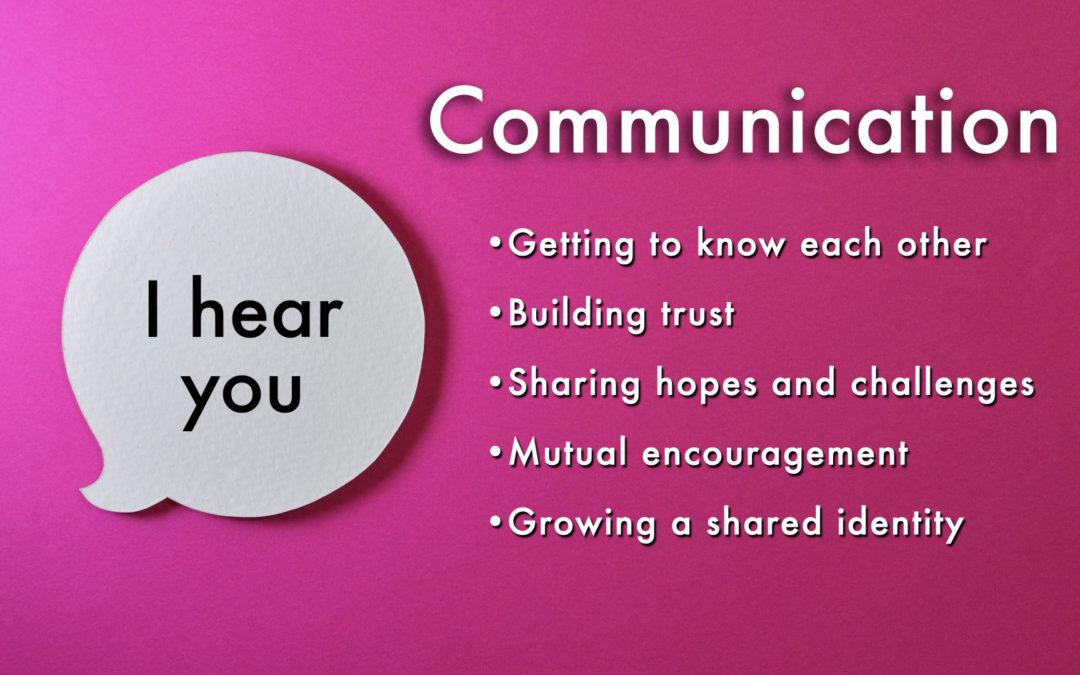Regional Ministry & Mission is a mutli-faceted project in which I am involved with Port Phillip East Presbytery. The issues facing churches in our region are common across Australia, and many parts of the Western church. How do denominations respond to declining churches amidst a vast mission opportunity? Is there an alternative to downsizing or amalgamation as some kind of palliative care response? What will 21st century mission look like for denomination like the Uniting Church?
One current project is a pilot with 6 small to medium congregations on the greater Melbourne urban fringe, one of the two fastest growing regions in the state. Imagine six churches in a population the size of Tasmania. The churches and ministry agents have a good history of co-operation. However none of the congregations can afford a full-time minister any longer. What would a regional approach to ministry and mission look like?
Our work began with the network of ministers who had been meeting regularly prior to the presbytery ministers arriving in the region. I developed a Co-operation Framework to guide our conversations. The first step was to talk about different people / sectors for collaboration – among ministry agents. among churches, with the wider community. The second step was to look at different levels/degrees or types of co-operation, and to introduce some language for this.
The second step was to look at different levels/degrees or types of co-operation, and to introduce some language for this.
Co-operation Matrix Planning sheet example
Co-operation_Matrix_Presentation PDF of Keynote presentation to presbytery
There is much more to the project than this. The language and framework here is meant to provide a guide for conversation. The taxonomy is clearly not a set of narrow definitions, but rather provides a way of indicating movement from knowing to sharing to deeper collaboration. It has been a useful schema in our project.

